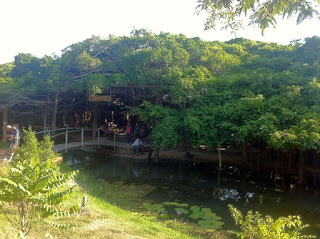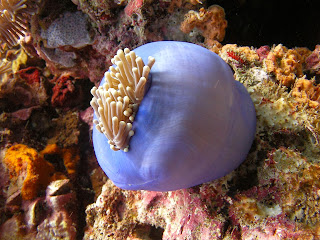Many people complain every day about Bangkok traffic, but
the real monster jams are experienced around New Year. Since I many years ago
had the unfortunate experience of getting stuck around Cha Am (200 km south of
Bangkok) in a slow-moving queue around of cars heading back from New Year
vacation, I have tried to plan my trips to avoid a similar experience.
However,
last New Year, I had underestimated the spread of travel fever and increase in number
of vehicles. On January 1st, I ran into a jog lam just north of Khon Kaen (450 km from Bangkok). This year, I planned better. Shortly after lunch yesterday, I was going in the opposite
direction of the masses.
When I took the outer ring road at Phatum Thani, direction Bang
Na, all lanes in the other direction were jam packed for a distance of around
40 km. Imagine sitting in that lane, starting your New Year vacation by being
stuck at the ring road for hours.
And then realize that this is only the
beginning. The highway leading north was moving a snail’s pace all the way to
just south of Petchabun (350 km north of Bangkok).


















































